- Biblio/Lit. review
- 20 décembre 2022
Gender norms and women’s representation in local politics across the world
- Author: Hannah Phillips, Rachel George
- Published by: ALIGN
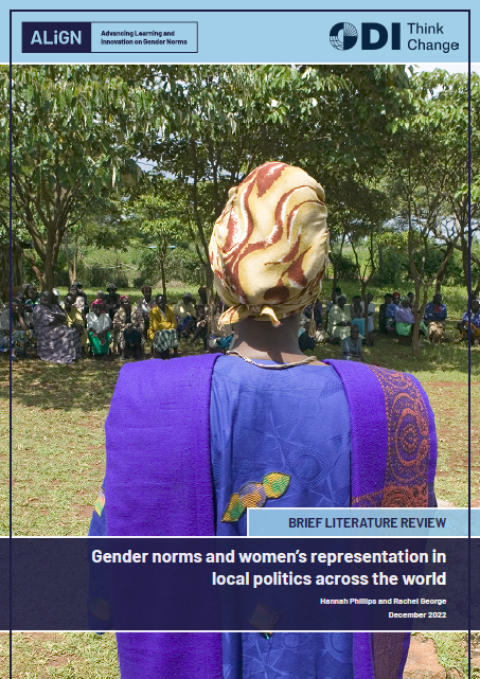
Women’s political representation across all levels of government is a key determinant of the quality of democracy. While women only represent on average 25% of leaders at the national level, they account for 36% of leaders at the local level (according to UN Women). While governance institutions continue to systemically exclude women, the over-representation of men in positions of power can be partly explained by gender norms.
Gender norms contribute to determining the distribution of power in society by influencing the expectations of who, when and how people can access political spaces. This ALIGN review provides a brief overview of existing research into women’s representation in local politics and the influence of gender norms. From stereotypes of being less corrupt or more family-friendly, to a stubborn persistence of sexist attitudes, violence and harassment, the multifaceted nature of norms offers a mixed picture in terms of opportunities and barriers for women in local politics.
More research is needed to investigate the specific relationship between norms and women’s political representation locally. This report provides an initial overview of existing limited literature on this topic, aiming to bring together disparate research and offer some initial case studies and ideas for future exploration.
It also considers the link between gender quotas and other strategies for shifting norms on women’s electoral chances, finding that quotas remain an important instrument for increasing the numbers of women in politics at all levels. While local-level gender quotas seem more common than national level quotas, this cannot fully explain the relationship between women’s political presence in national or local level government.
Key messages:
- Gender norms serve as persistent barriers for women participating in all levels of politics. These same norms can prevent women engaging in ‘traditionally masculine’ areas and leadership roles.
- Countries with the highest numbers of women in local politics also tend to have relatively high women’s representation at the national level. In places where women serve in decision-making positions, they can help redefine local priorities.
- Evidence shows that women leaders can transform gender norms through normalising women in public life. The presence and actions of women in particular areas and/or of particular identities can also challenge intersecting gendered norms of power.
- To meaningfully increase and sustain women’s participation in local politics, gender norms need to be actively addressed by institutional commitment and design. It should not be assumed that women can fit into an existing mould, and an intersectional lens is important to understand the different practical barriers faced by women.
- Countries / Regions:
- Global
Related resources
Blog
10 février 2025
Published by: ALIGN

Blog
19 décembre 2024
Published by: ALIGN

Report
21 octobre 2024
Published by: ALIGN
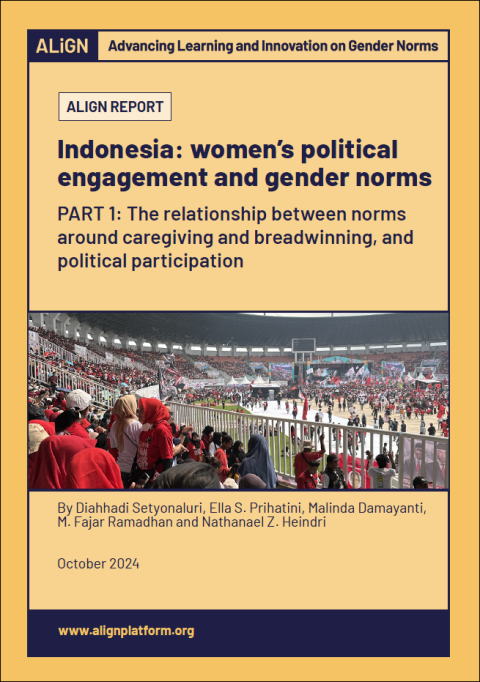
Blog
14 octobre 2024
Published by: ALIGN
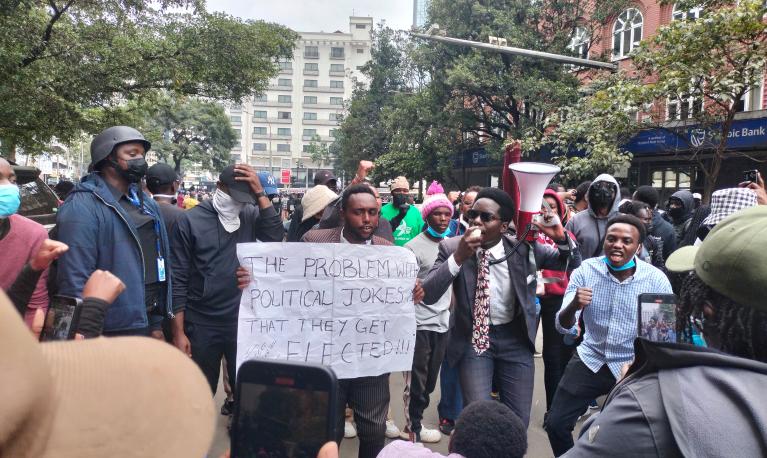
Blog
28 mai 2024
Published by: ALIGN

Report
28 mai 2024
Published by: ALIGN

Video/podcast
15 mai 2024
Published by: Now and Men
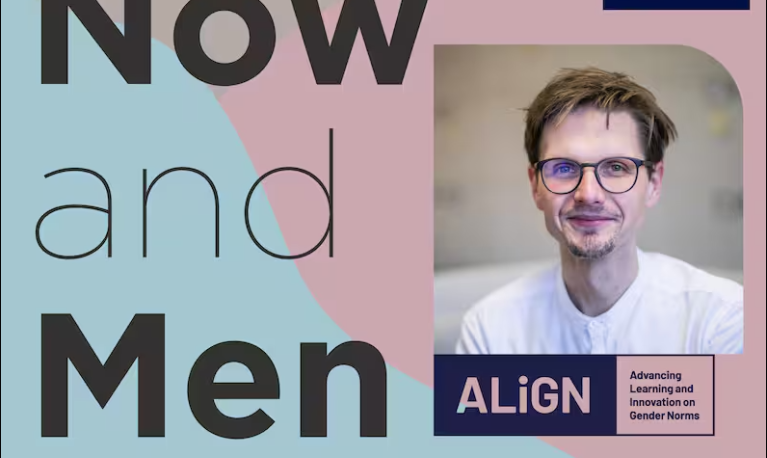
Report
20 mai 2024
Published by: ALIGN, Centre for Research on Women and Gender, KANITA
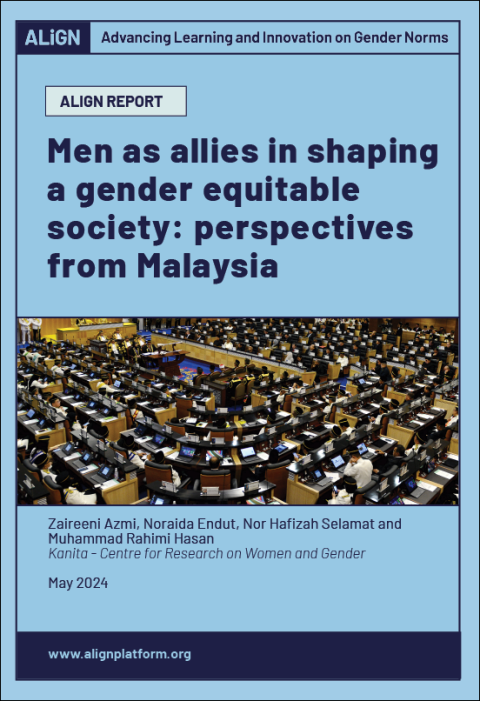
Report
13 mai 2024
Published by: ALIGN, Universidad de los Andes

Report
1 mai 2024
Published by: ALIGN, Nunlai Research and Consulting
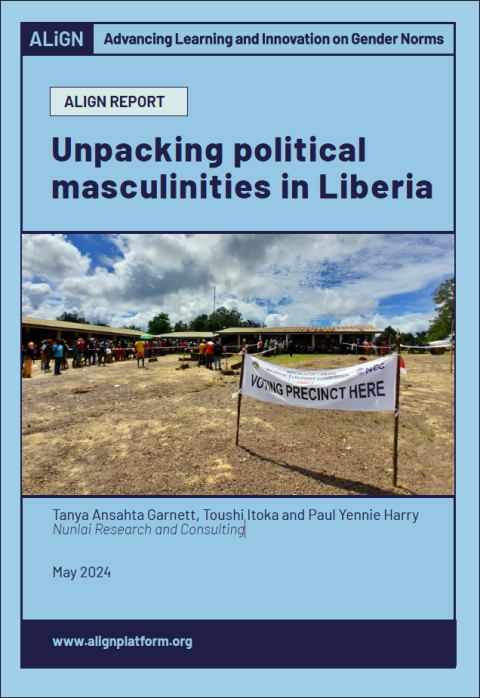
Blog
8 janvier 2024
Published by: ALIGN

Blog
14 décembre 2023
Published by: ALIGN
